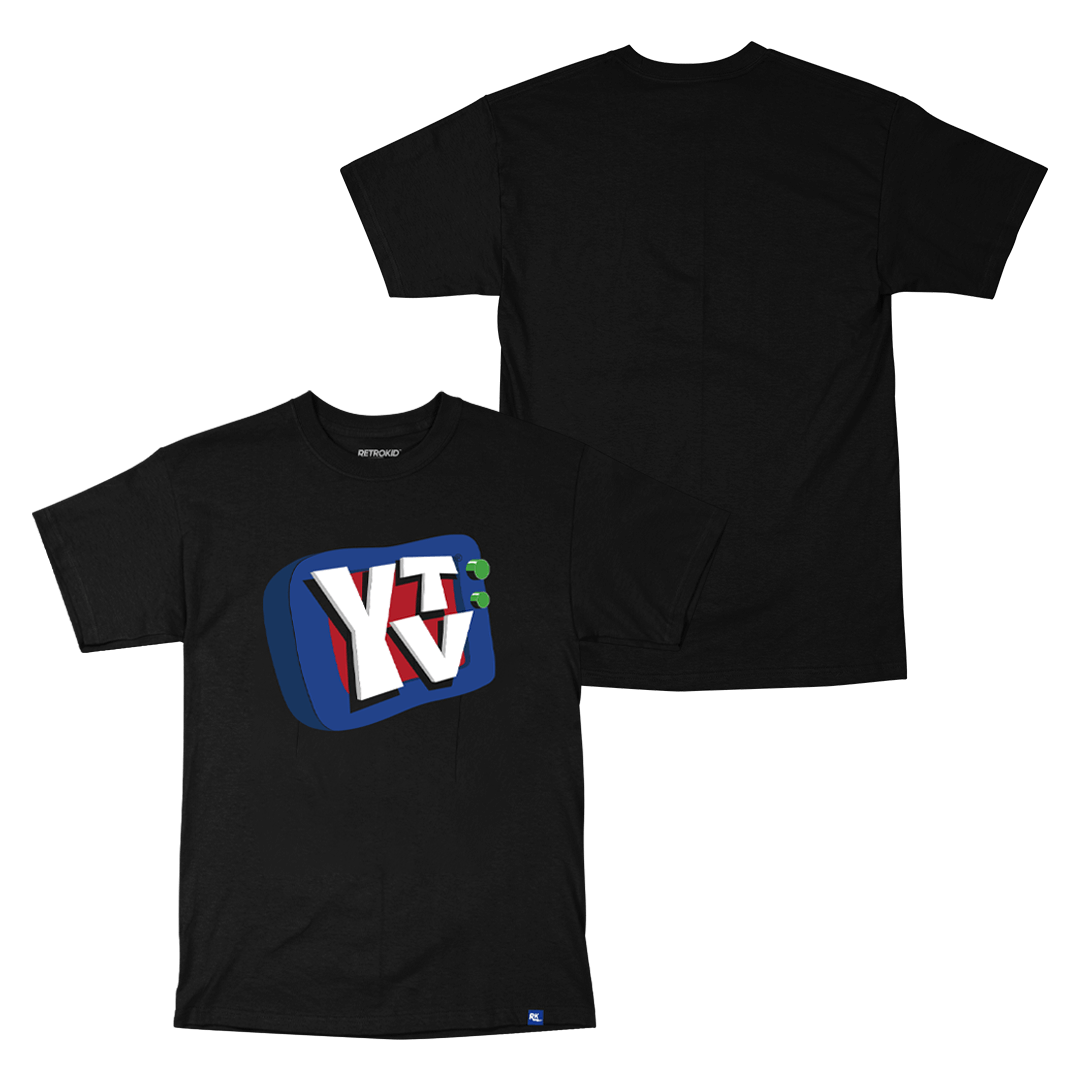Cashmere has been around for centuries and was once worn by the royal families of the Himalayan region in Nepal and India. Cashmere is a rare fabric that is expensive and labour intensive to produce. Each 100% Cashmere product is made by hand due to the delicacy of the wool itself.
This month, I got to catch up with Corala Cashmere co-founder, Prajeena Karmacharya, to learn more about how her cashmere products are made.

What motivated you to start Corala Cashmere?
The company is definitely a labour of love. While studying in the Netherlands, I met my husband (Dave). He’s from Canada and I’m from Nepal. During our honeymoon in the Himalayan mountains of Nepal we got to experience the cashmere making process – it is collected by shepherds and meticulously spun and sewn by hand. I was very impressed with the quality and the production technique.
Cashmere comes from the fur of local mountain goats called “chyangra”. Because it’s very cold up in the mountains, these goats grow a very thick coat of fur to keep warm. In summertime, they shed the fur naturally and shepherds collect the fibres to spin them into a very fine thread for clothing. There’s no cruelty to the animals during production. After our honeymoon, we moved to Canada which is extremely cold – that’s when we realized cashmere would be a perfect for Canadians!

What was the hardest part of starting your own business?
The hardest part of starting our business was figuring out the supply chain and importing process. When I was in Nepal, I really took my time going to various factories and looking at many products to make sure they were as pure and luxurious as they claim to be. We are still learning, but we do it together and support each other. When we are working on our business, it’s very enjoyable because we do it together and it’s our own project.
What do you like about cashmere?
I love that high quality cashmere like ours is not only soft, fine and warm, but also very durable. The products can easily last for more than 10 years or even decades if cared for properly. I still wear by mom’s cashmere shawl – it’s more than 30 years old, but still looks luxurious and fabulous. High quality cashmere’s insulation capacity is seven times higher than wool. As a result it keeps the body warm even though the product is light in weight. So it’s a great item for winter as well as for spring and office wear. I wear mine throughout the year for different occasions.
“Pashmina” traditionally actually means “the highest quality of cashmere”. Mountain goats are bred in the mountain areas in Asia and it used to be a product only royals would wear because it was so rare and expensive. It is necessary to make a distinction between low and high quality cashmere – especially because of the availability of mass produced items these days. High quality cashmere is expensive because mountain goats shed very little fibre, so good quality cashmere actually cannot be mass produced. It takes seven to ten days to weave just one scarf or shawl from scratch. Each Corala Cashmere piece is made with a lot of love and care.
Cashmere is such a delicate material. One thing I’ve experience about my own cashmere is that once there is a hole in it, it is very difficult to fix. To prevent this, what is the proper way to care for your cashmere to ensure it lasts?
Always hand wash your cashmere and do not use a dryer to dry the garment. Always handwash it in cold temperature using baby shampoo. Keep in mind that this is 100% animal hair so the fibres will react the same way hair will. After washing, do not wring the garment. You can remove excess water by gently hand pressing on a towel and laying the garment on a flat surface. Dry-cleaning is also fine, but make sure you are dealing with a person who knows how to handle your prized possession. When storing it, do not mix with other clothes that have hardware such as zippers or buttons. Also try to refrain from using hangers.
What inspires you?
I really want to bridge the gap between where I am from and where I live now. I think it’s the pride I have for my home country that makes me want to grow this company. I want everyone to experience a piece of my tradition.
Coming from an international and non-profit background, I also wanted to support to the people who create our cashmere products. In 2015, we pooled our donations together with others to help rebuild 20 classrooms that were destroyed during the recent earthquake in Nepal. I think that’s really important too, knowing that what we do makes a difference in the community.


